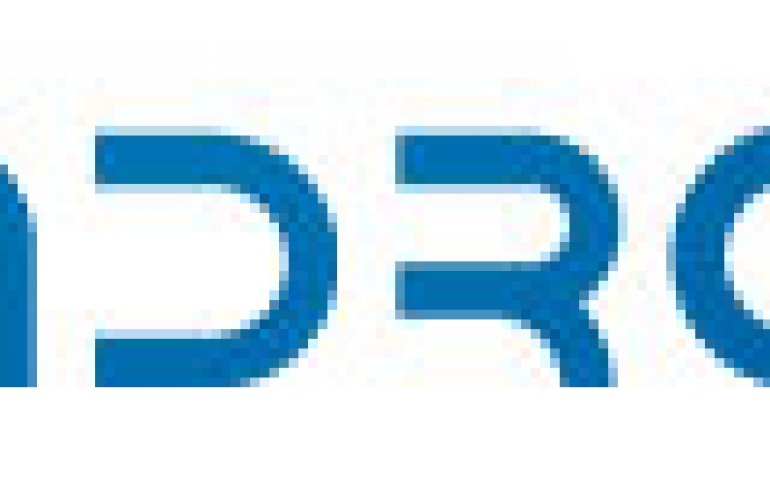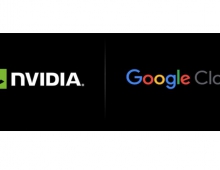
Android OS Will Be Strongly Tied to Google's Online Services
The release of the first smartphones running Android is still months away, so information on this operating system is still emerging.
Google is heading up the development, and the company's director of mobile platforms Andy Rubin recently gave a demo of it to CNET.
This isn't the first time Android has been demonstrated, but a few facts came to light that might not be widely known yet.
Not surprisingly, this operating system and bundled software will be strongly tied to Google's online services. There will be client applications for Gmail, YouTube, and Google Maps, for a total of 20.
Android will definitely support multi-tasking, and Rubin said steps had been taken to ensure that applications running in the background won't hog system resources, slowing down the foreground app.
A small icon of an exclamation point on the upper-left corner of the display will notify users that something has happened in the background that they need to be aware of, whether it's a new email or a system error.
Some videos of Android in action are available in this earlier article.
What About Hardware?
This demonstration was done on a device which was described as being similar in size and shape to the HTC TyTN II (a.k.a. the HTC Tilt). No pictures of this smartphone were allowed, but the description fits the HTC Dream, which will supposedly be the first Android-based device to hit the market.
The minimum hardware requirements for this operating system are a 200 MHz processor.
More About Android
The group behind this operating system is called the Open Handset Alliance, and it's a collection of 30+ companies, including Intel, TI, Sprint, T-Mobile, HTC, Motorola, Samsung, and Wind River, but being led by Google.
Android will consist of a Linux-based operating system, middleware, and key mobile applications. Many of these are likely to tie into Google's services, like Gmail and Google Maps.
Because this platform will be open source, the Alliance hopes it will be quickly extended to incorporate new technologies as they emerge.
In addition, it will be open to third-parties to create applications using Java.
The initial smartphones running Android are scheduled for release later this year. The first of these will be from HTC and will debut in the United States, but this will be followed up by devices from a variety of companies and wireless carriers a round the world.
This isn't the first time Android has been demonstrated, but a few facts came to light that might not be widely known yet.
Not surprisingly, this operating system and bundled software will be strongly tied to Google's online services. There will be client applications for Gmail, YouTube, and Google Maps, for a total of 20.
Android will definitely support multi-tasking, and Rubin said steps had been taken to ensure that applications running in the background won't hog system resources, slowing down the foreground app.
A small icon of an exclamation point on the upper-left corner of the display will notify users that something has happened in the background that they need to be aware of, whether it's a new email or a system error.
Some videos of Android in action are available in this earlier article.
What About Hardware?
This demonstration was done on a device which was described as being similar in size and shape to the HTC TyTN II (a.k.a. the HTC Tilt). No pictures of this smartphone were allowed, but the description fits the HTC Dream, which will supposedly be the first Android-based device to hit the market.
The minimum hardware requirements for this operating system are a 200 MHz processor.
More About Android
The group behind this operating system is called the Open Handset Alliance, and it's a collection of 30+ companies, including Intel, TI, Sprint, T-Mobile, HTC, Motorola, Samsung, and Wind River, but being led by Google.
Android will consist of a Linux-based operating system, middleware, and key mobile applications. Many of these are likely to tie into Google's services, like Gmail and Google Maps.
Because this platform will be open source, the Alliance hopes it will be quickly extended to incorporate new technologies as they emerge.
In addition, it will be open to third-parties to create applications using Java.
The initial smartphones running Android are scheduled for release later this year. The first of these will be from HTC and will debut in the United States, but this will be followed up by devices from a variety of companies and wireless carriers a round the world.




















